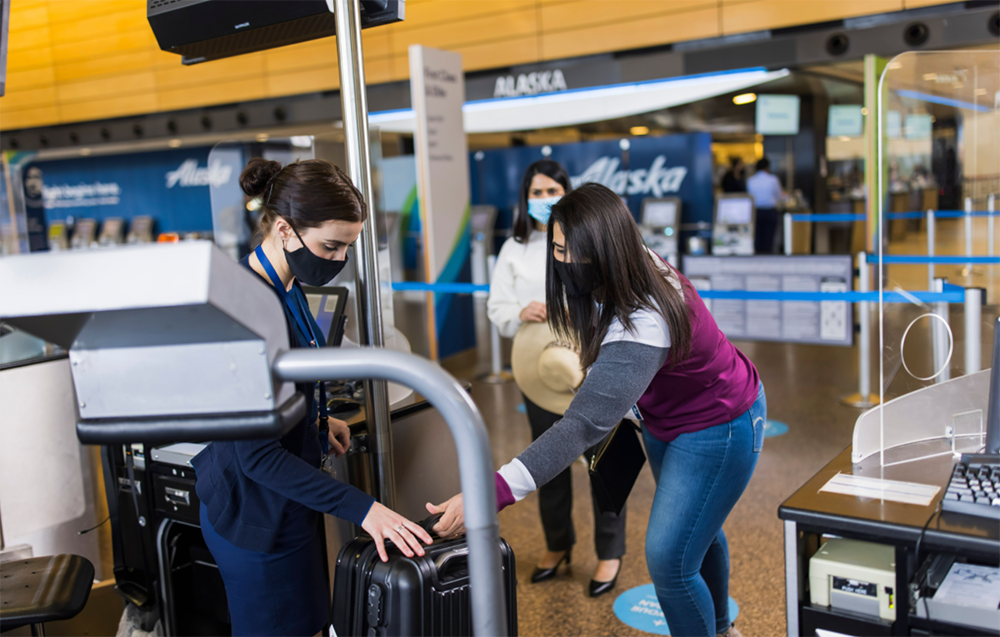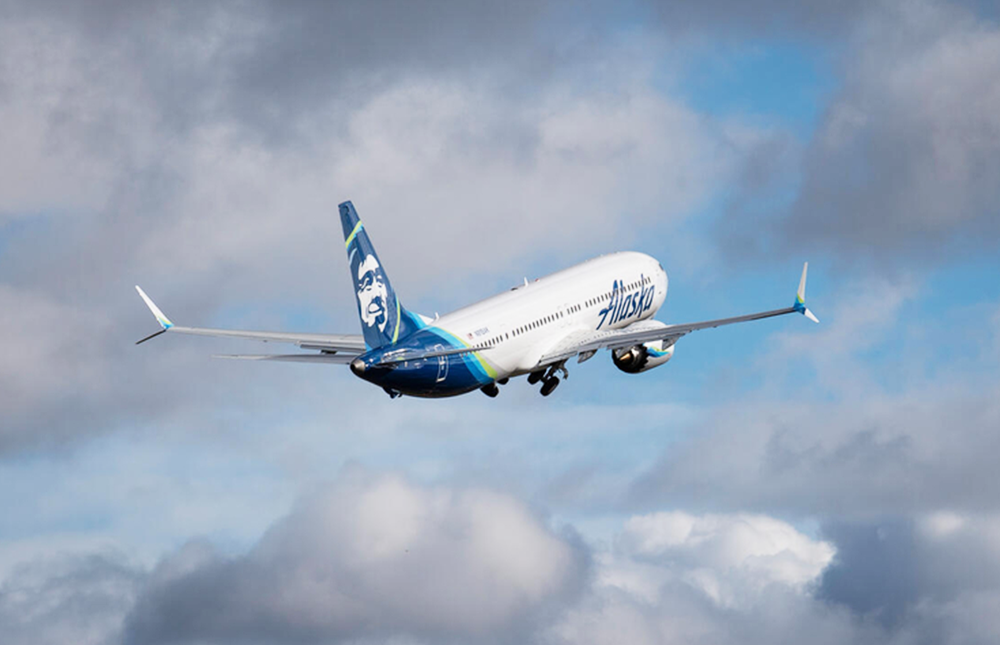Alaska is investing in emerging technologies to help the planet
Share
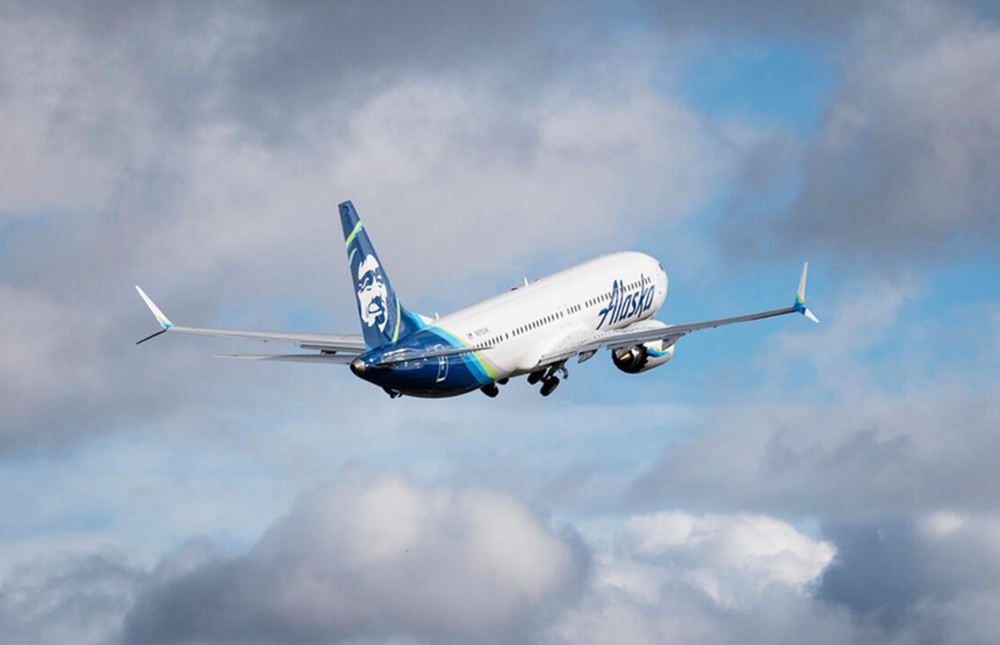
We’re proud of our ambitious goals to fly greener but know we can’t do it alone.
This year, we set our most audacious environmental goal ever – to be Net Carbon Zero by 2040. But as a company that burns 750 million gallons of fuel every year, it’s going to take more than just recycling aluminum cans to make a difference. We must continue to pursue pioneering technologies that will change the industry for the better.
That’s where Alaska Star Ventures comes in, our new LLC, that will help us discover, partner with, and enable technologies to help us take real and meaningful steps toward reaching net- zero carbon emissions within the next decade or sooner.
“To live our purpose and create an airline people love, we must operate every day in a way that cares for both people and the environment,” said CEO Ben Minicucci. “To do that, we are seeking technologies that will accelerate our mission to build a more sustainable future for the aviation industry.”
Our first investment is with UP.Partners, a Santa Monica-based early-stage venture capital firm that supports entrepreneurs building companies enabling multi-dimensional mobility. We’re looking forward to announcing more partnerships in the coming months and years.
Reducing our carbon, waste and water impact
Our pioneering spirit has guided us through some of the toughest terrains and continues to drive our most innovative solutions to create the best travel experience for our guests and sustain the beautiful places where we fly.
In April, we shared our commitments to reach net-zero carbon emissions by 2040 with a five-part strategy to decarbonize, which includes:
- Fleet renewal
- Operational efficiency
- Sustainable aviation fuel (SAF)
- Novel propulsion
- Credible, high-quality carbon off setting technology
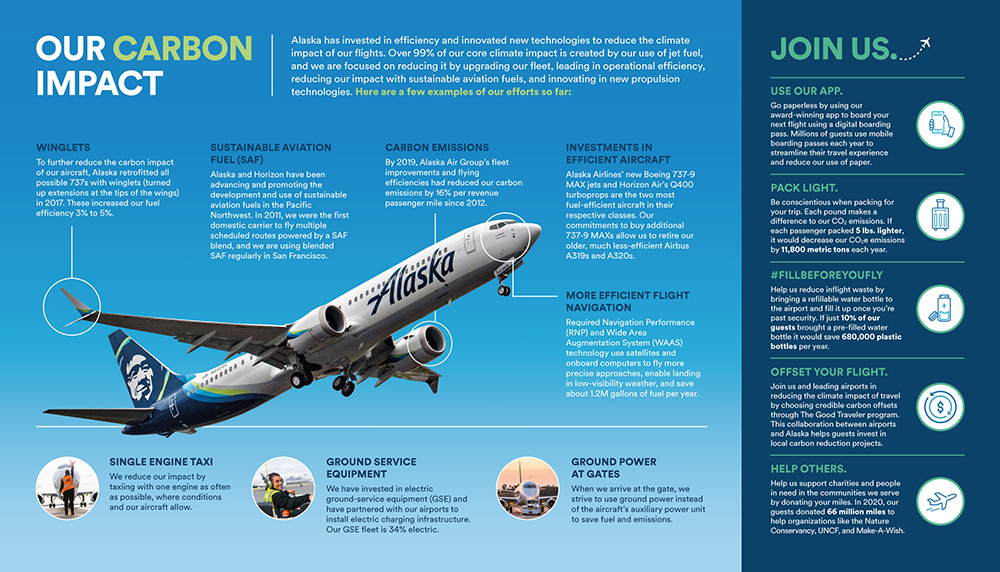
Technology is our friend and plays a huge part in getting us where we want to go.
Just this year, we became the first airline in the world to use FlyWays, an AI-powered system that helps our dispatchers make better flight plans by accounting for real-time weather and traffic impacts. In just six months, we reduced average flight times by five minutes and saved 480,000 gallons of fuel.
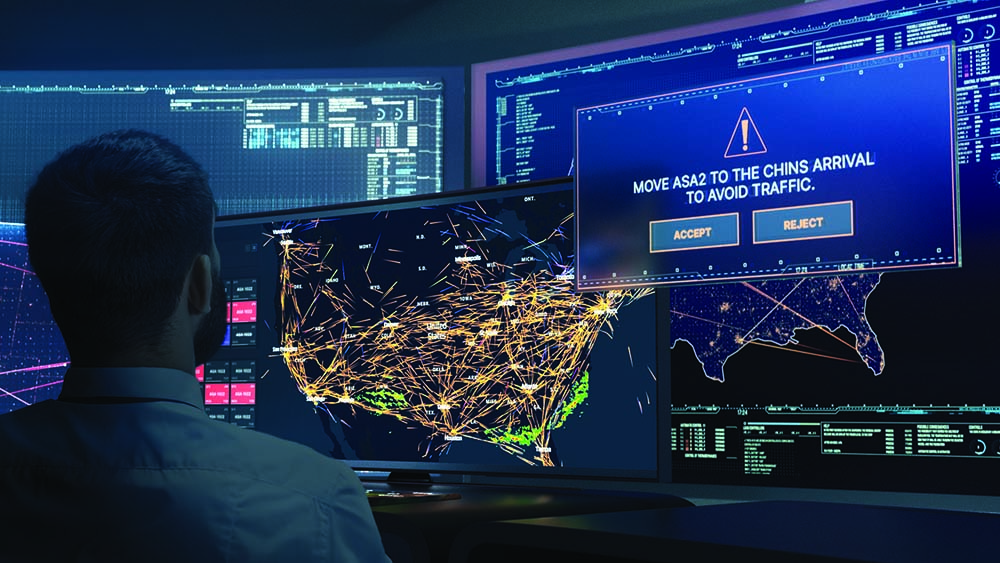
Tech also helped us offer Next-Level Care with the Alaska app. With it, our guests can check in for flights, generate mobile boarding passes and make sure their trip is as smooth and contactless as possible.
We’ve also partnered with the Boeing ecoDemonstrator program to evaluate and test sustainability-focused technology and set goals to be the most fuel-efficient U.S. airline—so far, we’ve cut the climate emissions from our ground equipment in half!

Alaska Star Ventures is another example of a creative approach we’re taking to help combat some of our most pressing barriers to becoming a more sustainable company. And we’re excited to see where it takes flight.
We hope you’ll fly greener with us by filling before you fly, packing light and traveling green.
